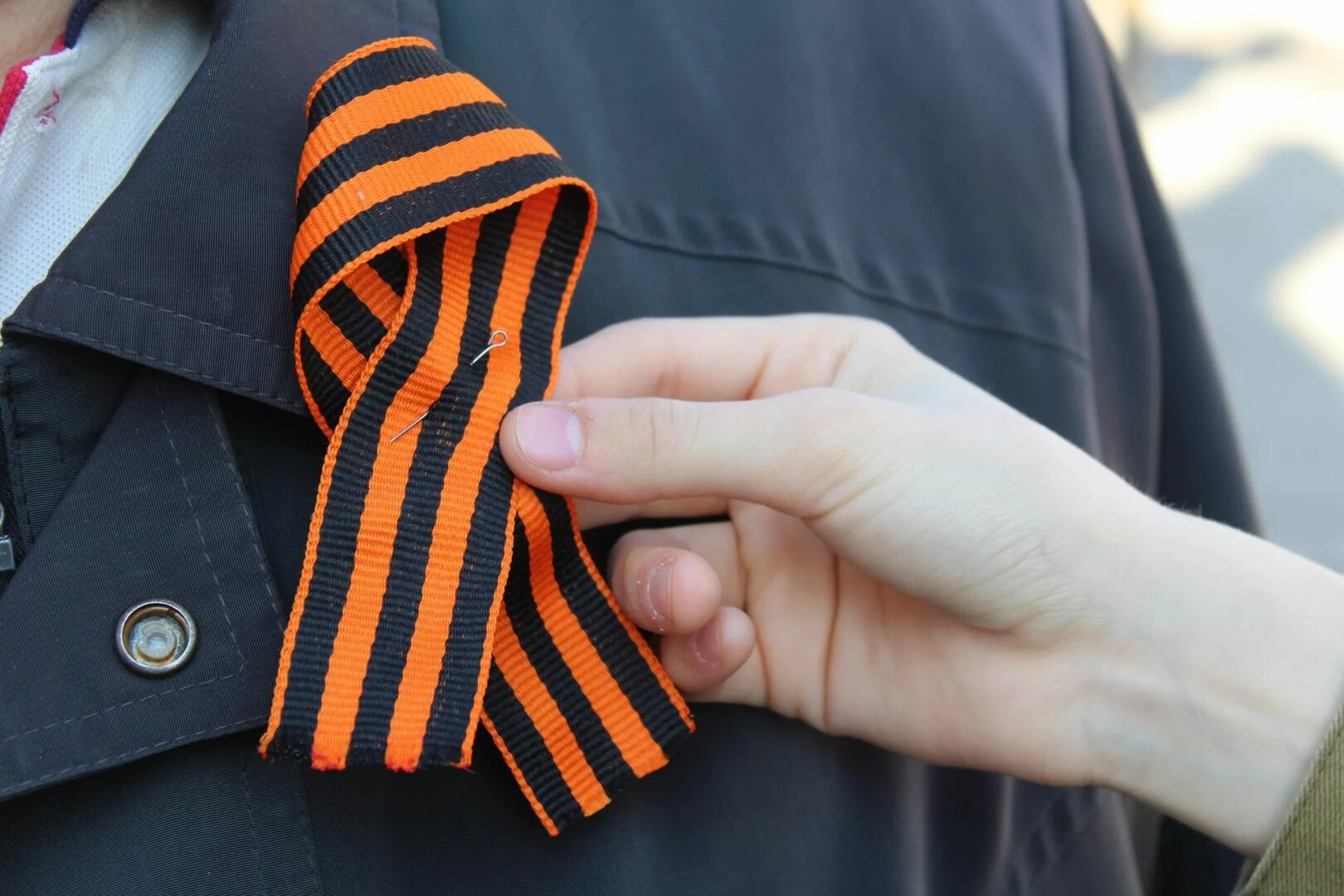As a fellow Russian in immigration, I haven’t missed any national celebration as much as the Victory Day. Grandiose parades, binge watching of the most beloved patriotic movies and the biggest fireworks, illuminating the sky for a good hour. However, undoubtedly the most important element of the celebration is the nurturing sense of unity and gratitude that you experience observing the people proudly going around with the portraits of their heroic ancestors. However, the Russian way of paying tribute became an offensive gesture in a number of different countries. The question is, where and why does a bicoloured ribbon will get you in trouble?
Ukraine
In 2014, the St. George’s Ribbon became the emblem of pro-Russian activists in eastern Ukraine. Thus, many people began to perceive it negatively. And Ukraine as well as some other post-Soviet countries introduced the laws prohibiting the use of St. George’s ribbon in public places.
Since 2017 the fines from 28 to 86 dollars are posed for demonstration or wearing of the ribbon and for the production – criminal liability.
“This (St. George’s Ribbons) is not a symbol of World War II, it is a symbol of aggression against Ukraine in 2014-17” – commented former Ukranian president, Petr Poroshenko, after approving the law in 2017.
To separate itself from anything Russian even more, current president of Ukraine, Volodymyr Zelensky, signed a decree on celebrating Europe Day on May 9 instead of the Victory Day.
St. George’s ribbon in Latvia
Latvia followed by approving a ban on the use of St. George’s ribbons in 2021.
According to the deputy, Artuss Kaimins, the ban on the use of ribbons will limit the “totalitarian ideology” of Russia.
This year the police officers detained 26 people on the Victory Day celebrations. The most common violations were laying flowers at the places where the dismantled Soviet monuments were located and wearing the St. George ribbon.
On top of that, the Minister of the Interior, Maris Kucinskis, said that the Victory Day celebrations could be completely abolished within the next years:
“A few more years, and we will be able to completely remove the red color from May 9”
Lithuania
The prohibition was followed by Lithuania a year later, in 2022. For wearing the St. George’s ribbon, signs “Z” or “V”, which are recognized as symbols of Russian agression on Ukraine, an offender will be fined for 300-700 euros.
Turning to official wording, amendments prohibit “the promotion, dissemination or display of symbols of totalitarian or authoritarian regimes that have been or are being used by those regimes for military aggression, crimes against humanity and war crimes.”
“Changes to this law are not only necessary, they are necessary for our national security if we are to avoid a fate like Ukraine.” – commented one of the amendments’ initiators, Ionika Oshmianskene.
Unspoken no-ribbon rule in Poland
Even though I could not find any official information about its prohibition in Poland, attached to clothes St. George’s ribbon became a reason for numerous scandals.
The first situation took place in 2020. A deputy, Yevgeniush Chikvin, participated in the ceremony of honoring the memory of Red Army soldiers. He appeared on the photos with a St. George ribbon attached to his jacket and near the Soviet Union flag, what caused a huge wave of indignation on Polish media.

This year, the incident happened on a memorial cemetery in Warsaw. A Russian Ambassador, Sergei Andreev, was going to lay wreaths to honor the memory of the soldiers who died for the liberation of Poland from fascism, but was prevented mid-way by a group of people. The whole act was accompanied with a demand transmitted through a speaker for a fascist to remove the sign (St. George ribbon).
While Russian deputies are reprimanded for appearing in public without the ribbon, Polish ones are judged for the completely opposite reason. I personally feel that the memory of the heroes should be cherished with or without the ribbon. The lives of those who paid with their blood for our future cannot be forgotten or defiled either, regardless of the current events.
